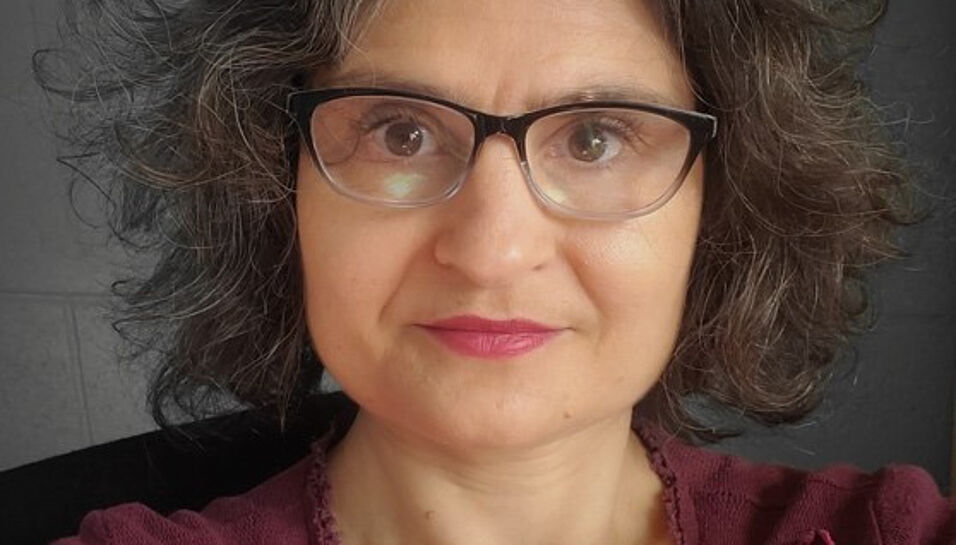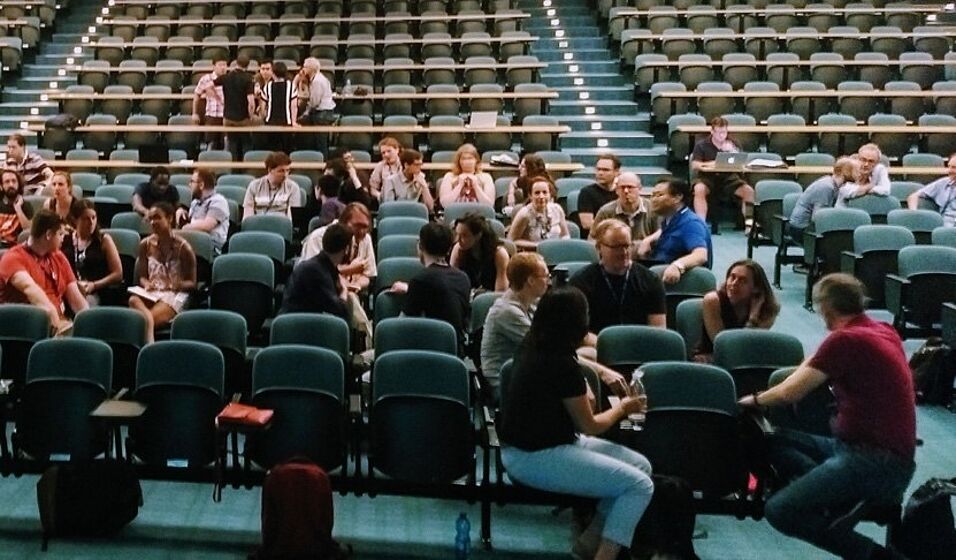What is so fascinating about your research area?
As the climate changes at worrisome speed, the preservation of livelihoods and ecosystems depends on adaptation and societies need climate forecasts at the regional scale to plan. Computer simulations provide this kind of information, but with large uncertainties. To make progress, we need to look under the hood of these complex models and tease out the physical mechanism that drive changes in regional phenomena. This is what I do, usually focusing on the African monsoon: I identify simpler models, in which only the most important processes are retained, providing an interpretative tool for the climate forecasts.
Which central message should your students remember?
I want them to see the connecting threads linking different phenomena in tropical dynamics. We will achieve this by thinking about the energy of the system, from the individual cumulonimbus to the global-scale circulation. I also want them to see that they learn best in community, in discussion, and in cooperation: to be a climate scientist requires one to learn from the many branches of atmospheric sciences, and the disciplines of oceanography, chemistry, biology, and more – so it’s important that the new generation learns to collaborate effectively across a diverse group.
Why did you decide to do research and teach at our Faculty?
I have previously worked closely with Aiko Voigt and I am looking forward to collaborate with him personally and with his group. I am especially interested in their ability to run climate models that have resolution high enough to simulate convective motions explicitly: we plan to use them to recreate the climate of the mid-Holocene, when the Sahara was green with vegetation and home to hippos!
Which three publications characterise your work?
- Biasutti, M.: Forced Sahel rainfall trends in the CMIP5 archive. Journal of Geophysical Research 118, 1613–1623 (2013).
This work focuses on the uncertainties in the projections of African climate.
- Biasutti, M. et al.: Global energetics and local physics as drivers of past, present and future monsoons. Nature Geoscience 11, 392–400 (2018).
This perspective by a large group of authors summarized the state of the art in monsoon research, as gleaned from a workshop that I helped organize, and gave our suggestions for how the field could progress.
- Russotto, R. D. & Biasutti, M.: Polar Amplification as an Inherent Response of a Circulating Atmosphere: Results from the TRACMIP Aquaplanets. Geophysical Research Letters 47, 659 (2020).
This is one example in which a very idealized simulation can teach something about the behavior of complex models and help us interpret the projections of future climate.
Thank you & welcome to our Faculty!
- Michela Biasutti - Lamont Associate Research Professor at Columbia University - was trained as an atmospheric dynamicist. Her primary research goal is to understand how the physical system works. She also often collaborates outside her primary field to produce research of direct relevance to the management of climate variability and adaptation to climate change. Her research also is inextricably linked to her activities as a teacher and mentor to the next generation of climate scientists.
- Homepage of Michela Biasutti
- Working group / host professor: Climate dynamics and modeling / Aiko Voigt
- Course in the summer term: Tropical Climate Change (280017 VU)


